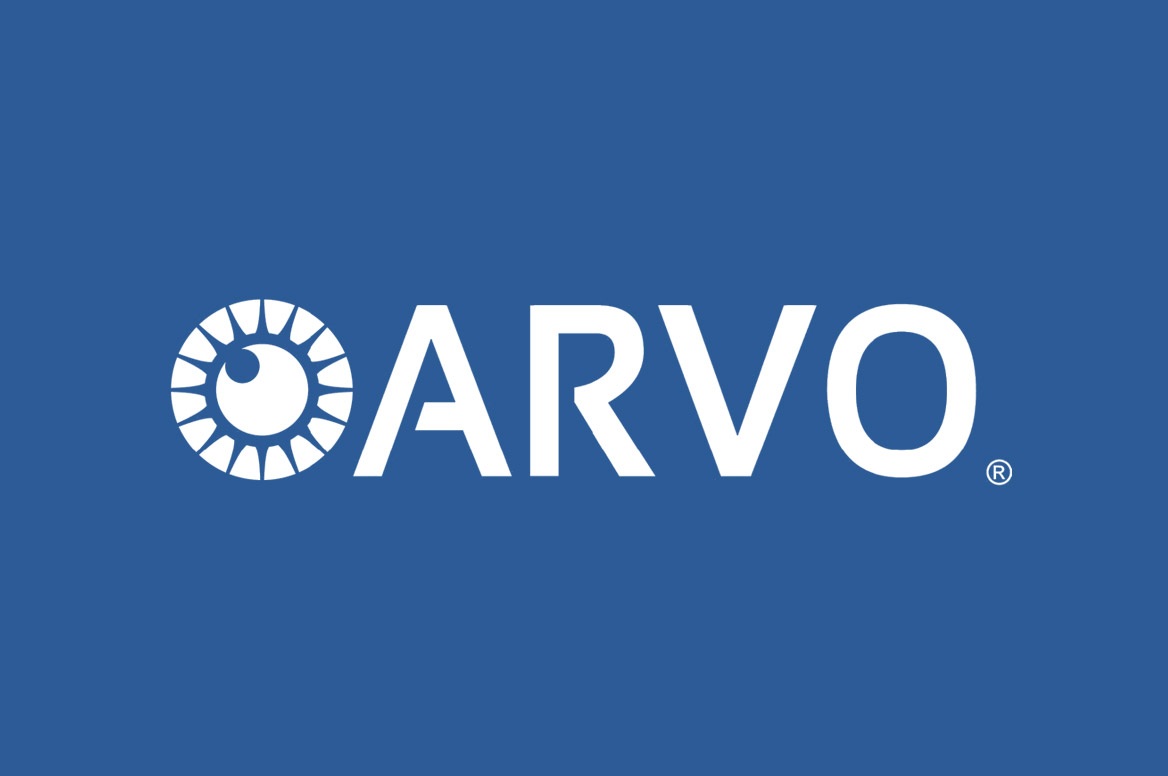Scientific Presentations

Use of Preferential Hyperacuity Perimetry for Surveillance of Intermediate AMD Eyes at Home
Daniel B. Roth; Howard F. Fine; Richard Johnston; Nalin J. Mehta; Jon-Marc WestonPreferential hyperacuity perimetry is a useful tool for monitoring the vision of intermediate AMD patients at home, with a low rate of FPAs between clinical visits. This rate is marginally dependent on the interval between scheduled visits.

Preferential Hyperacuity Perimetry Home Monitoring in Patients at High Risk or Following Treatment for Neovascular Age-related Macular Degeneration
Merina Thomas; Shiri Zayit-Soudry; Peggy R. Orr; Susan B. Bressler; Neil M. BresslerThe findings suggest that a majority of patients from a clinical practice setting at high risk or following treatment (but not needing treatment at a current visit) for neovascular AMD qualify to use the ForeseeHomeTM PHP for home monitoring of changes suggestive of new fluorescein angiographic leakage of choroidal neovascularization. Longitudinal studies are underway to correlate PHP changes to clinical changes.

Early Detection Of Exudative Age-related Macular Degeneration With A Home-based Preferential Hyperacuity Perimeter
Howard F. Fine; Daniel B. Roth; Anat Loewenstein; Michaella Goldstein; Yaron Lang; Haya Katz; Joseph R. Ferencz; Jon-Marc Weston; Nalin J. Mehta; Richard JohnstonIn patients with intermediate AMD, frequent monitoring with a home-based PHP was applied successfully with stable test scores over several months. New cases of CNV were detected with a high sensitivity and specificity in asymptomatic patients. The ForeseeHome device shows promise as a telemedicine approach for early detection of conversion from dry to wet AMD.
SCANLY Home OCT FDA Intended Use
SCANLY Home OCT has not been approved by FDA for use other than described in the following Intend Use: The Notal Vision Home Optical Coherence Tomography (OCT) System is an Artificial Intelligence (AI)-based Home Use device indicated for visualization of intraretinal and subretinal hypo-reflective spaces in a 10 by 10-degrees area centered on the point of fixation of eyes diagnosed with neovascular age-related macular degeneration (NV-AMD). In addition, it provides segmentation and an estimation of the volume of hypo-reflective spaces. The Notal Home OCT device is intended for imaging at home between regularly scheduled clinic assessments and not intended to be used to make treatment decisions or replace standard-of care regularly scheduled examinations and clinical testing as needed, including in-office imaging and assessments for changes in vision, by an ophthalmologist.
See also Warnings and Precautions.
ForeseeHome FDA Intended Use
ForeseeHome has not been approved by FDA for use other than described in the following Indication for Use: The ForeseeHome is intended for use in the detection and characterization of central and paracentral metamorphopsia (visual distortion) in patients with age-related macular degeneration as an aid in monitoring progression of disease factors causing metamorphopsia including, but not limited to choroidal neovascularization (CNV). It is intended to be used at home for patients with stable fixation.
